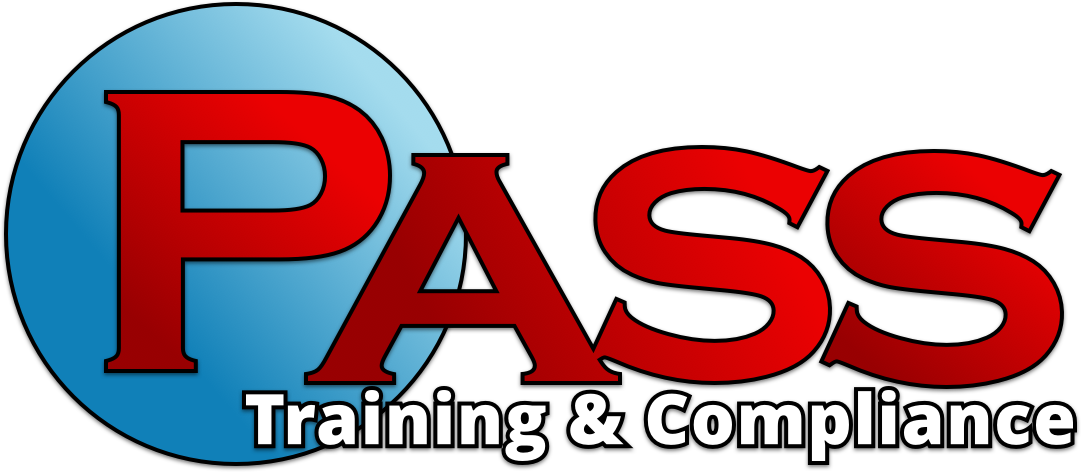UST Facility Signage
Gas stations are full of signs. Between the myriad of product advertisements, digital displays, and signs promoting your business’s other services, it can be easy to forget that your UST Facility Signage saves you more money than all the other signs combined.
UST Facility Signage is vital to a facility as this information directs your customers on your policies and procedures at manned and unmanned facilities. This information can be found at every dispenser, including:
Weights and measures decals
Ethanol content decals
Octane rating decals
Fueling instruction, safety, and warning decals
Payment procedures and credit security tape
Other important signage includes the emergency stop button or Emergency switch sign. This sign should be clearly visible and easy to spot, as it helps keep your customers and employees safe and potentially prevents fuel releases or accidents at your facility. Remember, your employees may already know where the emergency stop is, but your customers may not!
An emergency response sheet must also be strategically posted in plain sight, such as in the front door area next to the emergency stop. It should be easy for both employees and customers to view. Your emergency response sheet should have all the appropriate emergency contact information your employees will need in the case of a fuel spill, fire, or dispenser collision. The Emergency Response sheet will include:
Emergency Response Number
Emergency Response Contractor
Fire Department Number
Police Department Number
State Spill Reporting Number
A/B Operator Name and Number
Spill Kit Supplier
At the dispenser, you will want to have fueling rules posted. This sign should list the proper etiquette when filling a vehicle or approved container. The signage posted can inform customers of things not to do when fueling; do not smoke, do not get back into the car to avoid static shock, turn engine off in the vehicle off while fueling, and proper procedure if a spill occurs.
Please verify you have the correct signage at your facility, if you have questions about this you can review your PASS Training curriculum or contact your local service provider for guidance.


